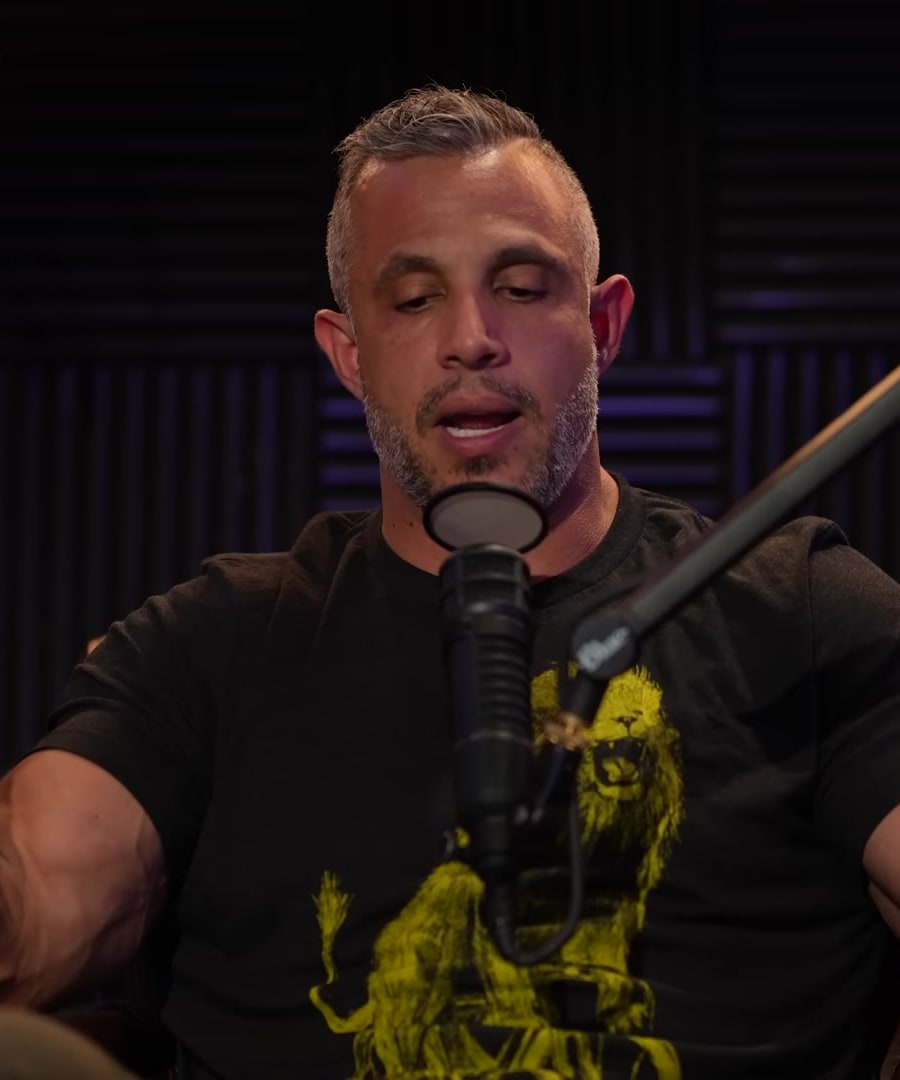Knee function
Sources:
Understanding Knee Function
Knee function is crucial for efficiently transferring loads during motion, such as running. The knee acts as a pivotal joint that helps distribute weight from the foot to the pelvis and vice versa. Efficient muscle co-contraction is necessary to prevent overloading and potential discomfort in the knee. Exercises like hamstring bridges and squats are recommended to improve muscular control and stabilize the knee during activity. This function and approach to knee health are discussed in depth by and on the 1.
Interrelationships with Ankle and Hip
When considering knee function, it's important to also think about the ankle and hip joints. Issues in the ankle's mobility can force the knee into compensatory movements that might lead to strain or injuries like meniscus tears. Adequate ankle and hip stabilization helps prevent undue stress on knee cartilage and ligaments. explains these dynamics on the , illustrating how integral a holistic view of lower body function is for knee health 2.
Knee Anatomy
The knee is comprised of structures including the patella (kneecap), cruciate ligaments (ACL and PCL), collateral ligaments, and menisci. These components work together to provide stability and distribute stress across the joint. Understanding this anatomy can help in preventing injuries and preserving joint mobility as explained by on the 3.
These discussions emphasize the complex nature of knee function and the importance of muscular and structural support from surrounding joints to maintain knee health and functionality.
RELATED QUESTIONS

